Available 24/7
Available 24/7
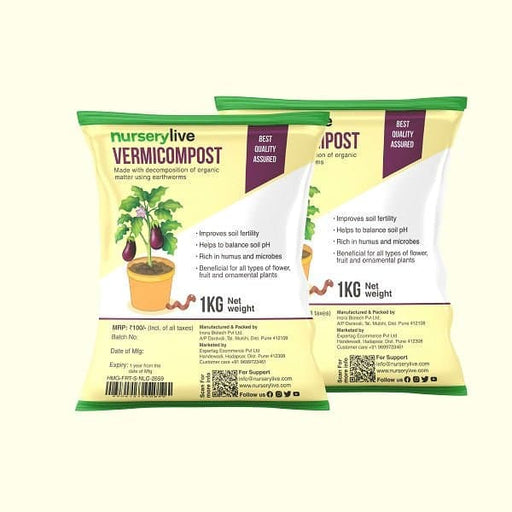 Save 11%
Save 11%
Vermicompost - 1 kg (Set of 2) Enhance your gardening experience with our premium Vermicompost, available in a convenient set of two 1 kg ...
View full details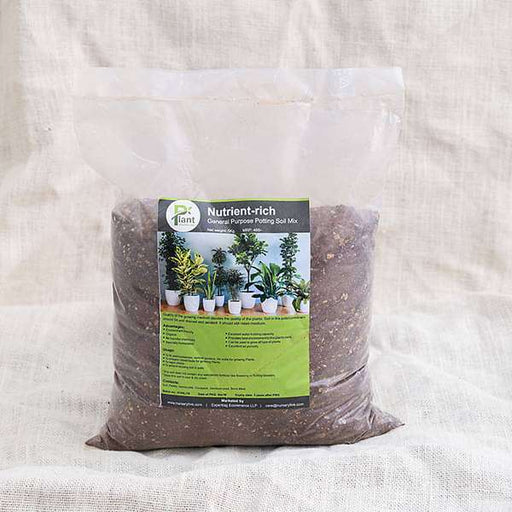
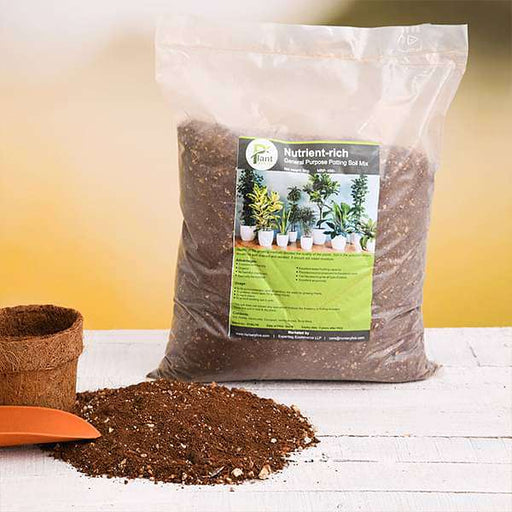 Save 34%
Save 34%
Nutrient-Rich General Purpose Potting Soil Mix - 5 kg Transform your gardening experience with our Nutrient-Rich General Purpose Potting S...
View full details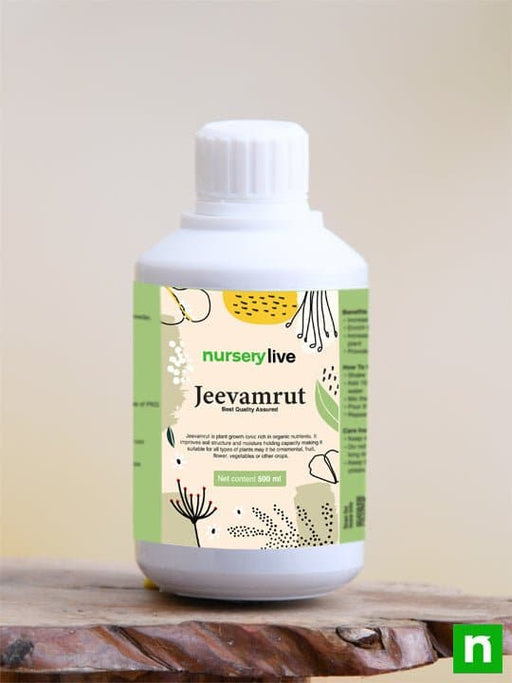
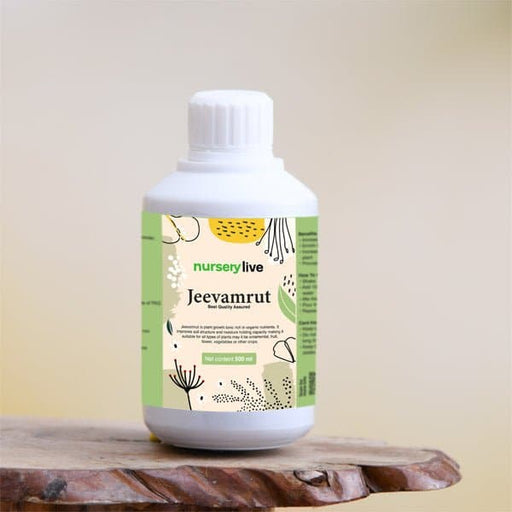 Save 19%
Save 19%
Jeevamrut (Plant Growth Tonic) - 500 ml Unlock the full potential of your plants with Jeevamrut, a premium plant growth tonic designed to ...
View full details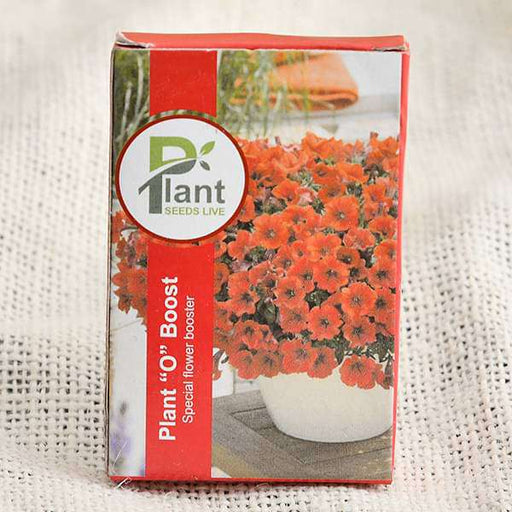
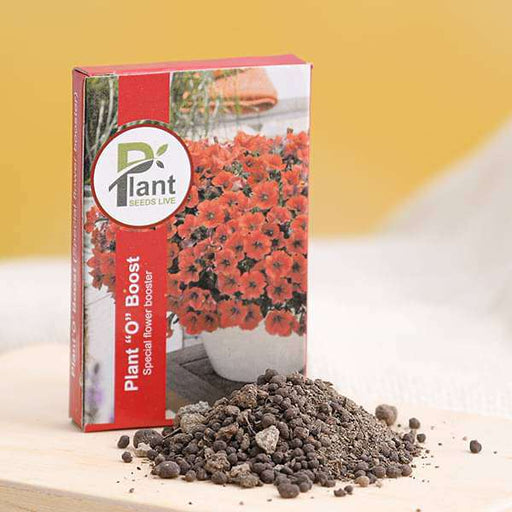 Save 20%
Save 20%
Plant O Boost (Special Flower Booster, 10 g) - Set of 10 Unlock the full potential of your garden with Plant O Boost, a premium special fl...
View full details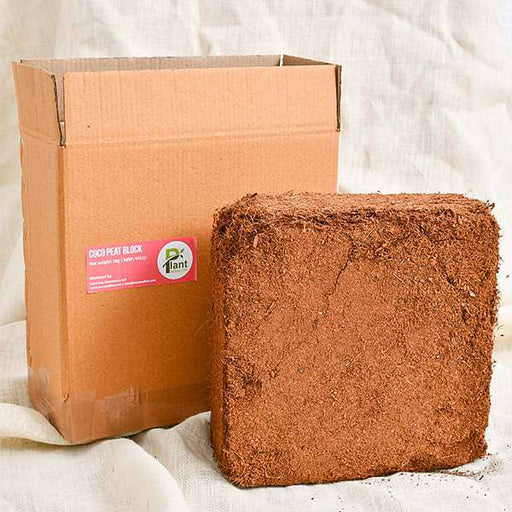
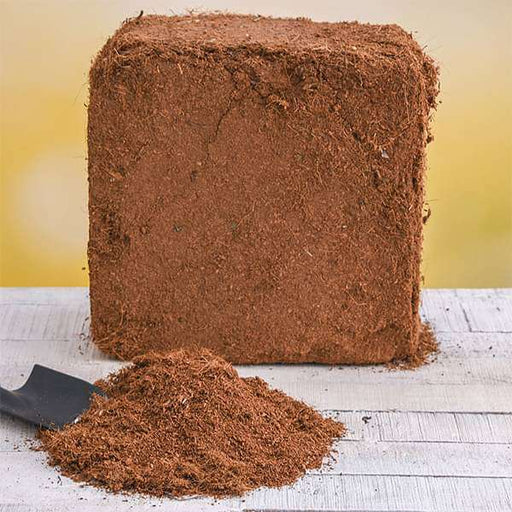 Save 8%
Save 8%
Coco Peat Block - 4 kg (Expands Up to 60 - 70 L) Transform your gardening experience with our premium Coco Peat Block, weighing 4 kg and c...
View full details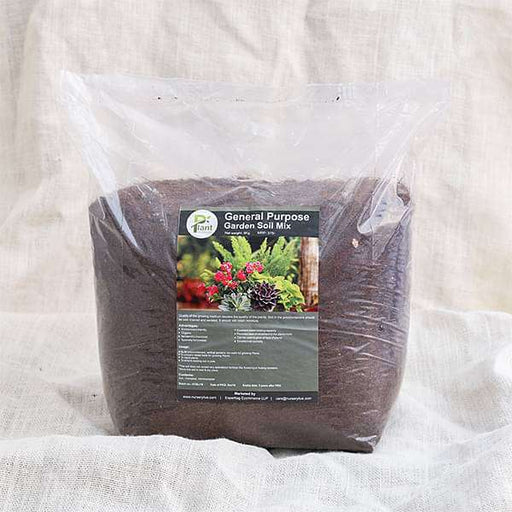
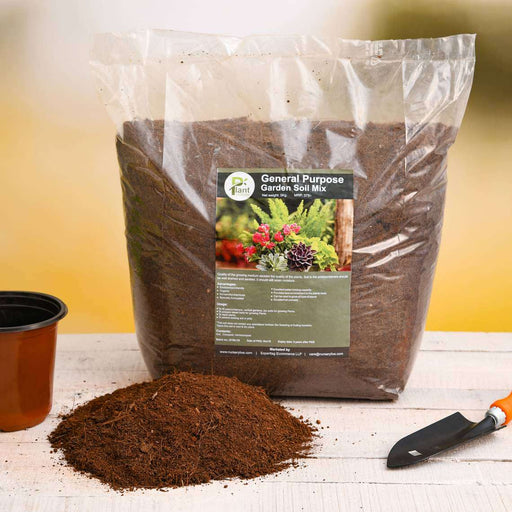 Save 31%
Save 31%
General Purpose Garden Potting Soil Mix - 5 kg Transform your gardening experience with our General Purpose Garden Potting Soil Mix. This ...
View full details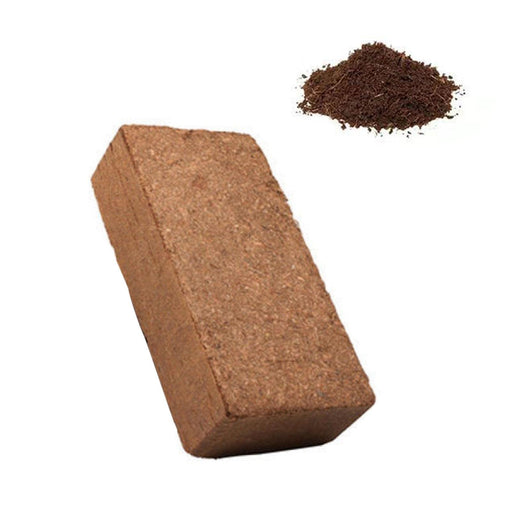 Save 20%
Save 20%
Coco Peat Block - 600 g (Expands Up to 5 - 8 L) Transform your gardening experience with our premium Coco Peat Block, weighing 600 grams a...
View full details
 Save 35%
Save 35%
Best 6 Plants for Perfect Indoor Garden Transform your living space into a lush oasis with our curated collection of the Best 6 Plants for a...
View full details
 Save up to 50%
Save up to 50%
Mini Succulent Garden Pack Transform your space with our Mini Succulent Garden Pack, featuring a delightful collection of 4 any variety beautiful s...
View full details
 Save 30%
Save 30%
5 Best Fragrant Plants Transform your garden or indoor space into a fragrant paradise with our curated selection of the 5 Best Fragrant Plants. Th...
View full details
 Save 24%
Save 24%
Set of 2 Bonsai Looking Grafted Adeniums Transform your indoor or outdoor space with our exquisite Set of 2 Bonsai Looking Grafted Adenium...
View full details Save 45%
Save 45%
Top 4 Die Hard Succulents Pack Transform your indoor or outdoor space with our Top 4 Die Hard Succulents Pack, featuring a curated selecti...
View full details
 Save 30%
Save 30%
5 Best Indoor Plants Pack Transform your living space into a lush oasis with our '5 Best Indoor Plants Pack.' This carefully curated collection fe...
View full details
 Save 25%
Save 25%
Set of 4 Evergreen Air Purifier Plant Pack Transform your indoor space into a lush, green oasis with our Set of 4 Evergreen Air Purifier Pla...
View full detailsIf your plants are growing in a pot or container, you need potting soil. Potting soil, as its name suggests, is for potted plants or plants grown in containers.
It’s manufactured to create a chemically balanced, aerated, well-drained habitat for plants that will spend all or most of their lives in containers.
Most potting soils are made up largely of peat moss, bark, and perlite. You'll want to fertilize early and often if growing plants in potting soil.
It's typically described as the soil used in gardening that helps plants and flowers to retain nutrients and water.
Potting soil is also used to help prevent compaction, which can prevent plants from filtering out carbon dioxide and other toxic gasses that can kill the roots
Traditional potting soils are made to hold water, but a succulent holds moisture in its leaves. In fact, too much moisture in the soil and the cactus or succulent will develop root rot.
Succulents grow best in porous sandy potting soil, so amending your potting soil with sand is super important.
Choose cactus soil or mix potting soil with sand, pumice, or perlite. Succulent roots are very fragile so be gentle when repotting.
A good indoor potting mix is usually composed of peat moss, vermiculite, and perlite.
These mixes absorb moisture very well and resist compaction, but they tend to dry out very quickly.
As they do not contain any nutrients, you should provide your plants with a consistent supply of fertilizer.
The best potting mix for potted plants may vary slightly depending on what you are trying to grow. However, most of the potting soil contains peat, coir, bark, perlite, or vermiculite.
Here are some recipes for making your own homemade houseplant potting soil:
Organic fertilizer + limestone + coarse sand + perlite + peat moss for houseplants.
Vermiculite + pumice + coconut coir for houseplants.
Organic fertilizer + limestone + compost + vermiculite + coir fiber for transplanted seedlings.
Garden soil is made of natural topsoil or sand blended with relatively inexpensive, bulky organic material. However, potting soil mix contains no natural soil. It is a specially formulated mix made of peat, coir, bark, perlite, or vermiculite.
Potting soil lets water drain easily, so it dries out quickly.
Topsoil from the ground can be used to make the potting mix, but it must be sterilized first.
Topsoil straight from the ground usually contains organisms that can be harmful to plants, as well as unwanted seeds.
The scoop on dirt! With a variety of potting soil options, from all-purpose to specialty mixes, you can choose the perfect blend for your green-thumb endeavors.
Mother Nature approved. By choosing organic potting soil, you're giving your plants a healthy, chemical-free foundation for growth, while supporting sustainable practices.
A recipe for success! Learn about the components of quality potting soil, such as peat moss, vermiculite, and perlite, and create a nourishing environment for your plants to thrive.
DIY dirt delights. Craft your own potting soil mix by combining the right ingredients, ensuring a personalized and budget-friendly solution for your gardening needs.
Pots of perfection. Discover the secrets to selecting the ideal potting soil for container gardening, and watch your potted plants flourish.
Sprouting made simple. Choose the perfect potting soil for seed starting, and you'll set the stage for a bountiful garden of healthy, thriving plants.
A homey touch. Uncover the best potting soil options for houseplants, and breathe life into your indoor spaces with lush, vibrant greenery.
Desert delights. Learn about the unique potting soil requirements for succulents, and create a thriving oasis of water-wise plants in your home or garden.
Flavorful foundations. Discover the optimal potting soil for herbs, and cultivate a fragrant, edible garden that tantalizes the taste buds.
Elegant earth. Explore the specific potting soil needs of orchids, and provide the ideal environment for these exquisite, delicate blooms to thrive.
A veggie lover's dream. Unearth the best potting soil for vegetables, and savor the satisfaction of a bountiful, homegrown harvest.
Spiky sensations. Delve into the world of potting soil for cacti, and nurture a fascinating collection of these resilient, drought-tolerant plants.
A gardener's guide. Compare and contrast popular potting soil brands, and choose the right blend to ensure your plants' success.
Boost your dirt! Enhance your potting soil with beneficial amendments like compost, coconut coir, and worm castings, and watch your plants flourish.
Balancing act. Understand the importance of pH levels in potting soil, and learn how to adjust them to create the optimal environment for your plants.
Dirt déjà vu. Discover the dos and don'ts of reusing potting soil, and enjoy the benefits of an eco-friendly, budget-conscious gardening approach.
The great debate. Learn the key differences between potting soil and garden soil, and make an informed decision for your gardening projects.
Tender loving care. Choose the perfect potting soil for nurturing delicate seedlings, and set them on the path to becoming strong, healthy plants.
A year of beauty. Discover the best potting soil for annuals, and enjoy a stunning display of color and vibrancy throughout the growing season.
Keep it fresh! Properly store your potting soil to maintain its quality and effectiveness, ensuring your plants receive the nourishment they need for a spectacular show of growth and vitality. Happy gardening!
Potting soil, also known as potting mix, is a soilless growing medium that is specifically formulated for use in containers.
Potting soil is typically made of a blend of organic materials such as peat moss, coconut coir, compost, and perlite, along with added nutrients and fertilizers.
Potting soil provides excellent drainage, aeration, and nutrient availability for container plants. It also helps to prevent soil-borne diseases and pests.
Potting soil is suitable for most types of container plants, including vegetables, herbs, and flowers.
The right potting soil will depend on the specific needs of your plants, including their moisture requirements and preferred pH level. It is important to choose a potting soil that is appropriate for the type of plant you are growing.
Yes, potting soil can be made at home by blending together various organic materials, such as compost, peat moss, and perlite.
Plants growing in potting soil should be watered regularly, as container plants tend to dry out faster than those grown in the ground. The frequency of watering will depend on the specific needs of your plants.
Potting soil is typically formulated with added nutrients and fertilizers, but additional fertilization may be necessary depending on the specific needs of your plants.
Potting soil can be reused, but it is important to refresh it with new organic matter and fertilizer before using it again.
Potting soil typically lasts for one growing season before needing to be refreshed or replaced.
Potting soil should be stored in a cool, dry place, away from direct sunlight and moisture.
Potting soil is not recommended for use in hydroponics, as it is not designed to be used with a water-based growing system.
Potting soil that is too dry will feel dry to the touch and may pull away from the edges of the container.
Potting soil that is too wet will feel waterlogged and may have a sour smell.
Potting soil can be used in raised beds, but it may be more expensive than traditional soil and may not be suitable for larger beds.
The ideal pH range for potting soil is between 5.5 and 7.5, depending on the specific needs of your plants.
Potting soil is suitable for use with most indoor plants, as it provides excellent drainage and aeration.
The amount of potting soil needed will depend on the size of the container. As a general rule, fill the container to within 2-3 inches of the top with potting soil.
Potting soil is an excellent choice for starting seeds, as it provides the necessary nutrients and drainage for seedling growth.
Potting soil is suitable for outdoor container gardening, but it may not be the best choice for larger beds or outdoor areas where traditional soil is more practical and cost-effective.